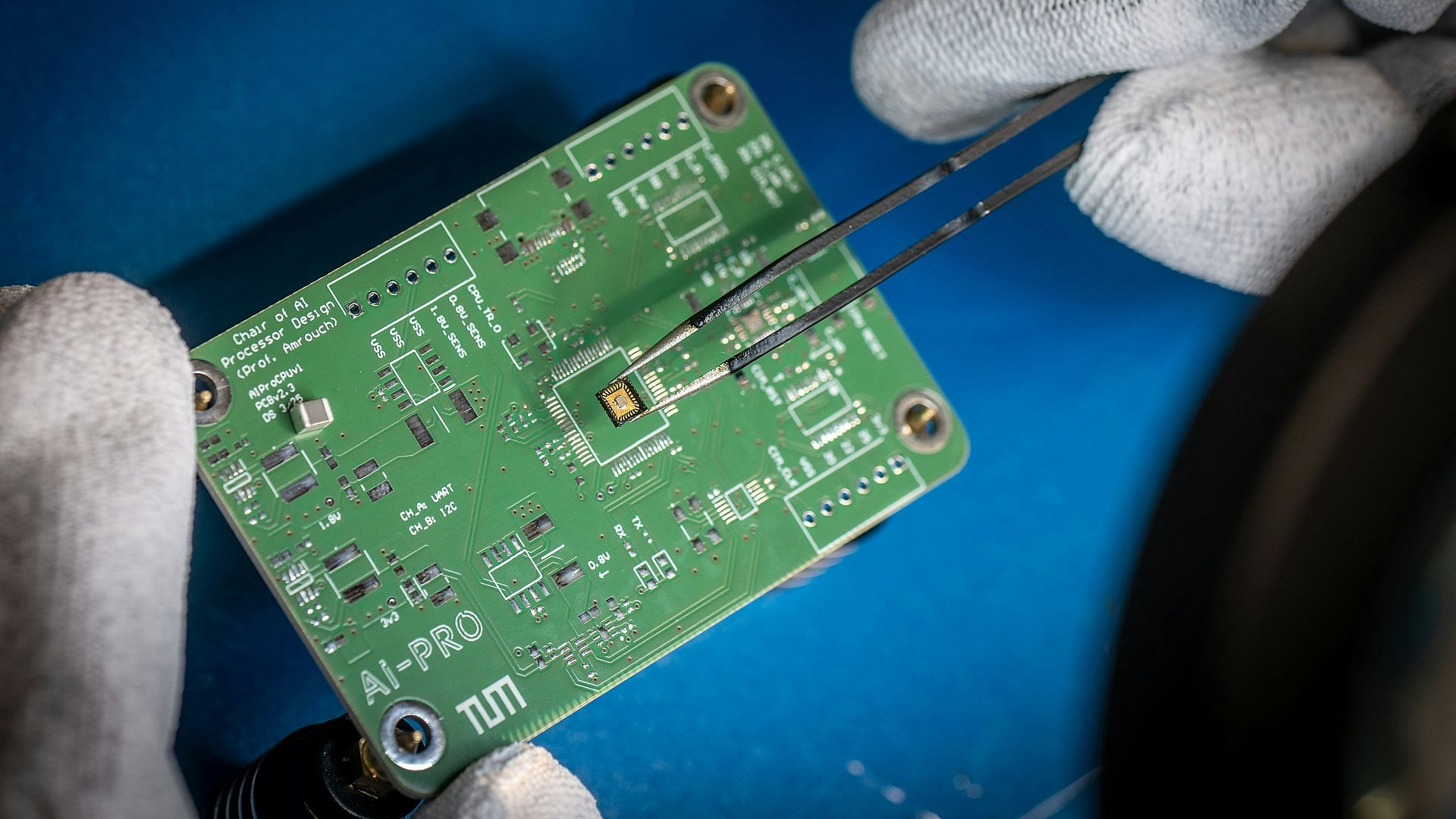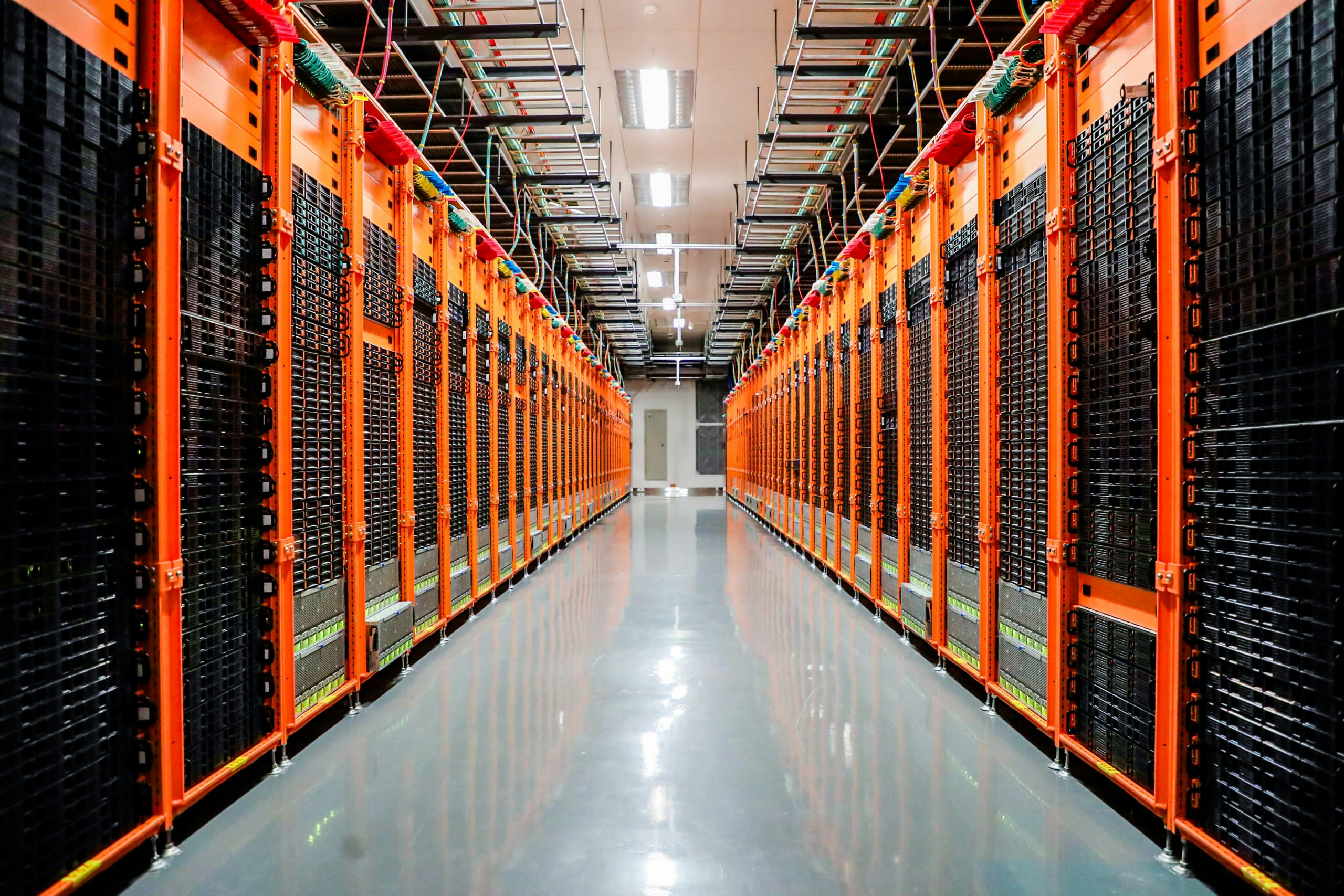The discovery that changed everything
When physicist Heidemarie Krüger sees an unusual measurement pattern on a doctoral student's screen in the lab in 2011, she senses: Something big is emerging here. A combination of bismuth and iron oxide exhibits behavior strikingly reminiscent of human synapses - those connections between nerve cells that make our thinking possible.
Fourteen years later, Krüger runs her own start-up, Techifab, which develops semiconductors that process and store information like the human brain. Her goal: to radically reduce the energy consumption of modern AI systems.
In a conventional computer, up to 90 percent of the energy is lost solely for data transfer between memory and processor," she explains. "Our chip combines both - computing and storage - on an area of a few millimeters.
Dresden as a Laboratory of the Future
Techifab is not an isolated case. Just a few kilometers away, Spinncloud, a spin-off of TU Dresden, is working on a completely new supercomputer. Thousands of processors are connected in parallel there like neurons in the brain. Founder Hector Gonzales, a 38-year-old electrical engineer from Colombia, wants to make the "thinking computer" a reality.
Your system "Spinnaker-2" is already in use in drug research: With over 650,000 processor cores, the computer simulates millions of artificial neurons – and consumes only a fraction of the energy of conventional supercomputers.
Humans as a Technical Role Model
Both companies work on the same vision: computing based on the biological principle. While classical chips compress data digitally into zeros and ones, neuromorphic components use analog resistances that change fluidly—like the distance between two neurons.
The result: enormous energy efficiency and speed. Particularly exciting is its use directly at the data source, such as in autonomous vehicles or industrial robots. This so-called edge AI allows lightning-fast reactions without needing to send data to a data center first.
Europe's answer to Silicon Valley?
In contrast to US giants like Nvidia or Intel, the Dresden founders rely on material innovations and analogy instead of pure computing power. Krüger's team puts up to 100 memristors - artificial synapses - on a chip. In the near future, entire silicon wafers are to be equipped with thousands of these components.
If we bring the technology into mass production, it could reduce the power consumption of AI applications by up to 80 percent," says Krüger. The pilot plant in Jenoptik's former clean room is expected to start this year.
A Quiet Revolution
While the world discusses ChatGPT, GPUs, and electricity costs, a new type of computing is quietly emerging in Saxony. It promises less energy consumption, more efficiency – and perhaps Europe's next technological leap.
Our computer simulates ten billion neurons today – that's twelve percent of a human brain," says Gonzales. "And we are only at the beginning.








